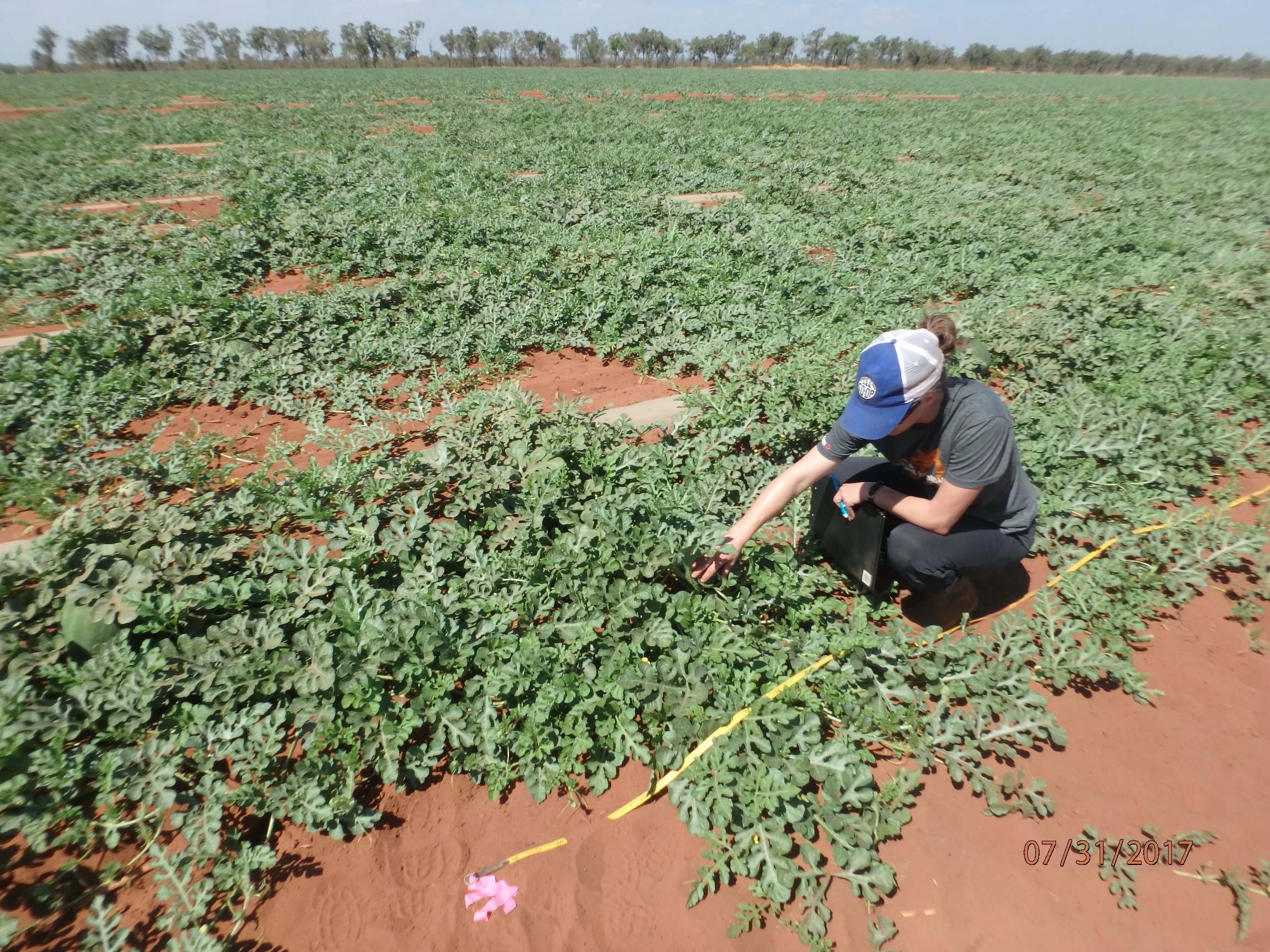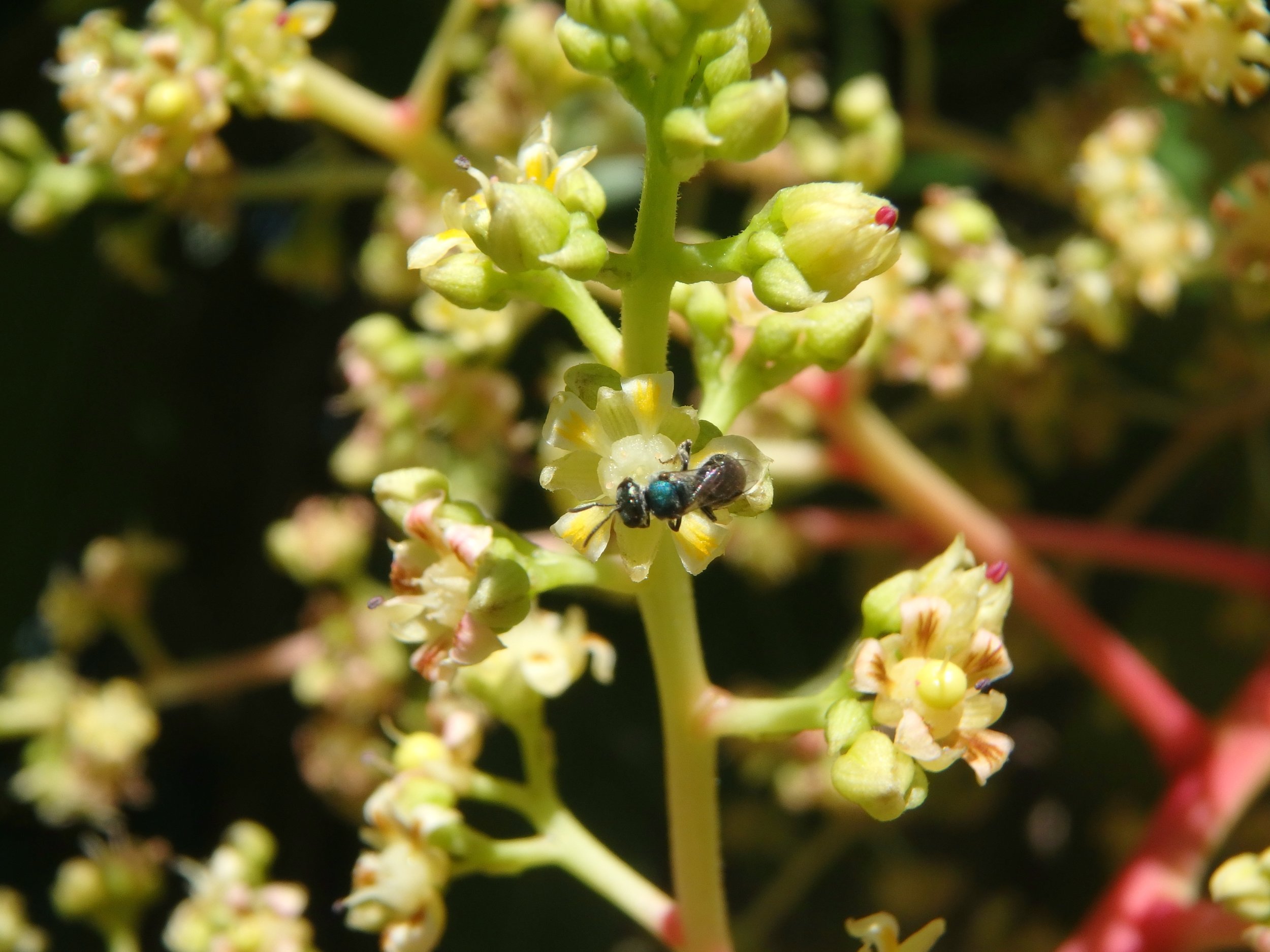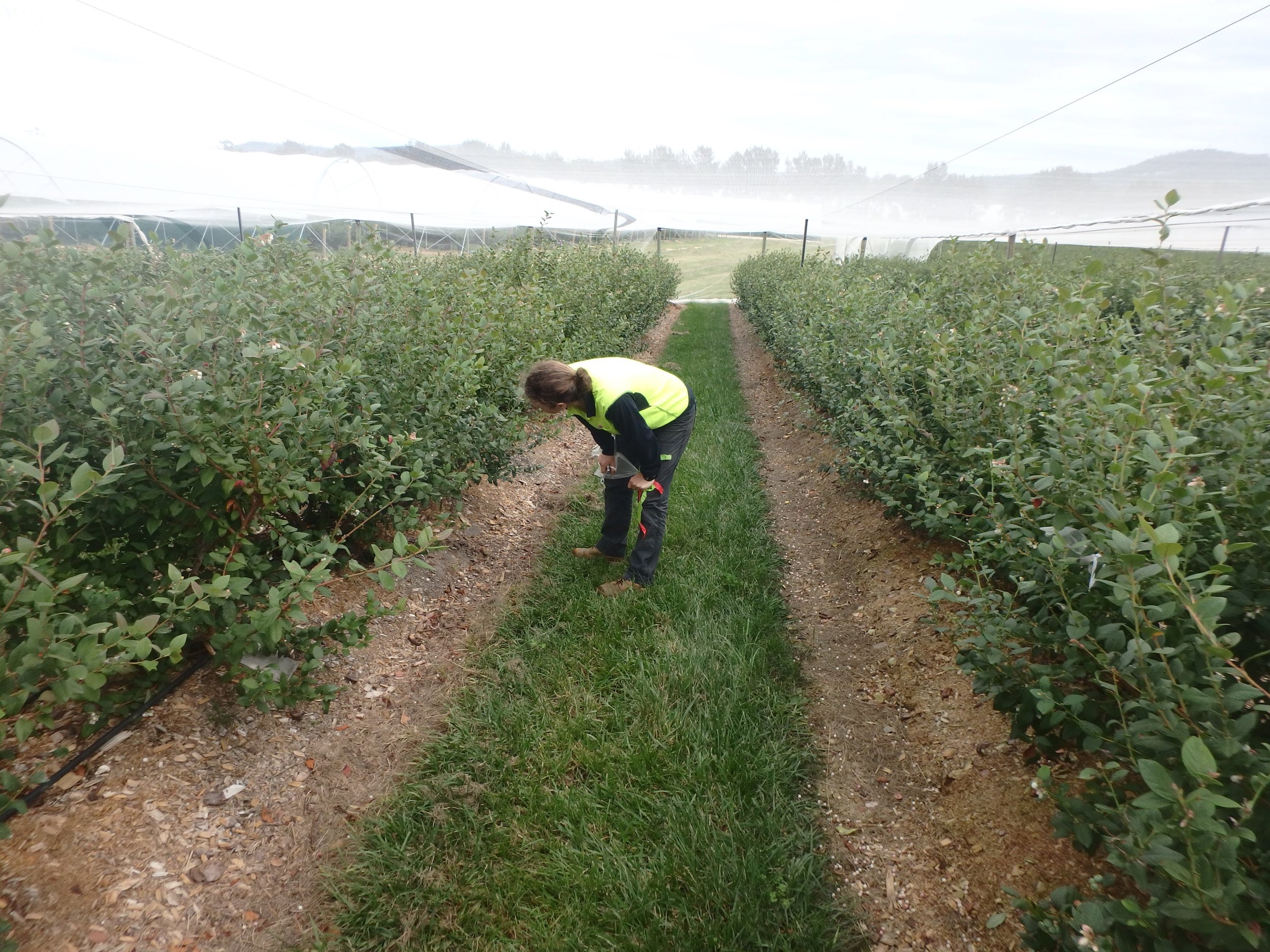by Emma Goodwin.
Emma's honours project is co-supervised by Romina, Manu and Francisco Encinas-Viso at CSIRO. Emma spent a few weeks over summer in Kosciuszko National Park, catching pollinators and collecting data on alpine plant-pollinator networks, and is currently writing up her exciting results! This blog is co-posted over at Manu's website.
Recent plant-pollinator network studies have been concerned with the impacts that climate change may have on pollination across various ecosystems, particularly in alpine regions. Many of these studies are investigating ‘phenological mismatch’ as a significant issue that may result from climate change.
‘Phenological mismatch’ or ‘phenological asynchrony’ is used to refer to when the emergence of pollinators and flowering time of plants becomes out of sync over time. If these two processes become out of sync then it reduces the potential for flowering plants to be pollinated.
In alpine regions, climate change can result in altered timing of snowmelt which, in turn, influences the time at which the flowering plants begin to flower. There is concern that if this occurs earlier than usual, the timing may not match up with the time at which insects emerge and start feeding on and pollinating these plants (Kudo & Ida, 2013). As a consequence, this is likely to lead to declines in pollinator and plant species populations in these areas. To determine whether phenological mismatch is occurring, studies must be undertaken over a number of years to discount the normal level of annual or within seasonal variation. This is an important thing to do but is a huge investment of time and effort.
Another predicted impact of climate change is an increased frequency of extreme events such as heat waves, snowstorms, unseasonal rainfalls or droughts (Hughes, 2003). Species that are most threatened by extreme climatic events are those with limited ranges, dispersal ability or inhabit very cold areas such as the alpine zone (Scharf, Filin, Ben-Yehoshua, & Ovadia, 2009). This includes our alpine pollinators around the world. This means that it is also important for us to understand how sudden variation in environmental conditions may impact pollinators and their interactions with flowering plants.
Long term studies often use monthly or annual averages of environmental conditions, such as temperature, humidity, rainfall and wind speed. However, these averages have limited value in determining how pollinators respond to environmental conditions day to day and consequently how insects will respond to sudden variation in environmental conditions.
Environmental variables are known to have profound effects on insect behaviour. As ectotherms, insects are generally cold intolerant and tend to become more active with warmer temperatures (Arroyo, Primack, & Armesto, 1982; Rands & Whitney, 2008). Temperature changes, for example, can have a number of effects on foraging activity, thermoregulation, body size and life span of pollinators (Hoiss, Krauss, & Steffan-Dewenter, 2015). Conversely, high wind speeds and humidity levels tend to result in decreased insect activity (Arroyo et al., 1982; González et al., 2009).
As we know a reasonable amount about insect activity generally, many studies choose to not conduct flower-visitor observations in weather conditions where insects are less active. However, many of these studies are conducted with bees as the main pollinator. It is now clear that there are other insect taxa, aside from bees, that are also effective pollinators. These include other flower-visiting insects such as flies, butterflies, moths, and beetles. Some of these taxa have greater tolerance to extreme environmental conditions than others. Flies tend to be much more cold tolerant than other taxa such as bees and are often still active at lower temperatures (Kühsel & Blüthgen, 2015). Therefore, only surveying in good conditions will restrict our understanding of pollinators to those that are active during warm sunny conditions and will exclude taxa that may be present in adverse conditions.
Understandably, we are often trying to maximise the return on our sampling effort by sampling at the most optimal foraging times for taxa. Hence, many studies only survey when the temperature was within the optimal foraging activity range. However, ignoring the apparent outliers completely will limit our understanding of the thresholds of these insects.
Pollination studies considering climate change and phenological mismatching are looking at the impacts over the long term and multiple flowering seasons. Climate change however, is also having and going to continue to have immediate and short term impacts within a single flowering season through increased frequency of extreme events. By surveying in a range of conditions we can develop a greater understanding of the contributions other pollinating taxa such as flies make to pollination of our native flora and also their level of vulnerability or resilience to sudden environmental change.
References
Arroyo, M. T. K., Primack, R. B., & Armesto, J. (1982). Community studies in pollination ecology in the high temperate Andes of central Chile. I. Pollination mechanisms and altitudinal variation. American Journal of Botany, 69, 82-97.
González, A. M. M., Dalsgaard, B., Ollerton, J., Timmermann, A., Olesen, J. M., Andersen, L., & Tossas, A. G. (2009). Effects of climate on pollination networks in the West Indies. Journal of Tropical Ecology, 25(05), 493-506. doi:10.1017/s0266467409990034
Hoiss, B., Krauss, J., & Steffan-Dewenter, I. (2015). Interactive effects of elevation, species richness and extreme climatic events on plant-pollinator networks. Glob Chang Biol, 21(11), 4086-4097. doi:10.1111/gcb.12968
Hughes, L. (2003). Climate change and Australia: trends, projections and impacts. Austral Ecology, 28(4), 423-443.
Kudo, G., & Ida, T. (2013). Early onset of spring increases the phenological mismatch between plants and pollinators. Ecology, 94(10), 2311-2320. doi:doi:10.1890/12-2003.1
Kühsel, S., & Blüthgen, N. (2015). High diversity stabilizes the thermal resilience of pollinator communities in intensively managed grasslands. Nature Communications, 6, 7989. doi:10.1038/ncomms8989
Rands, S. A., & Whitney, H. M. (2008). Floral Temperature and Optimal Foraging: Is Heat a Feasible Floral Reward for Pollinators? PLOS ONE, 3(4), e2007. doi:10.1371/journal.pone.0002007
Scharf, I., Filin, I., Ben-Yehoshua, D., & Ovadia, O. (2009). Phenotypic plasticity and variation in morphological and life-history traits of antlion adults across a climatic gradient. Zoology, 112(2), 139-150. doi:https://doi.org/10.1016/j.zool.2008.05.004








































































